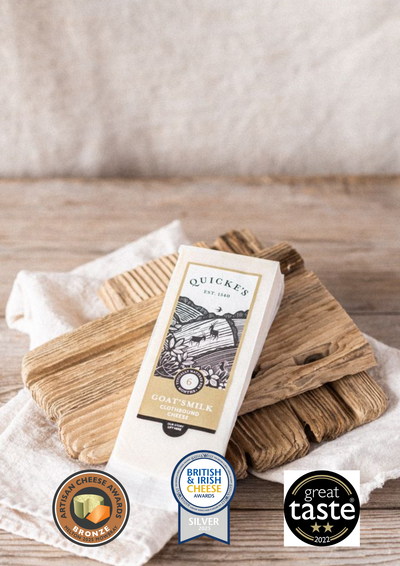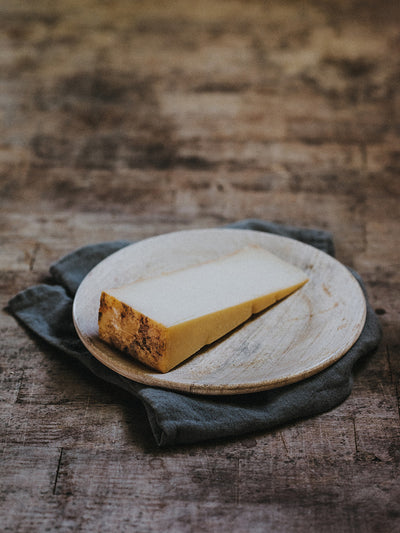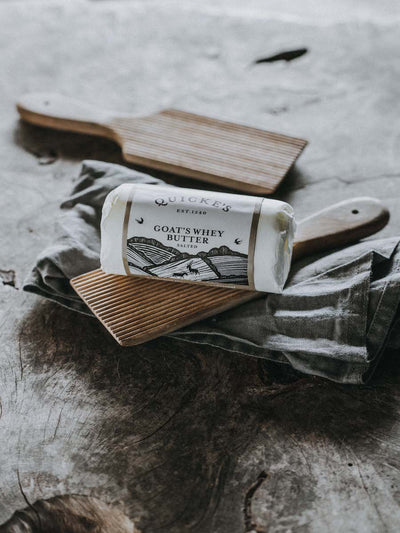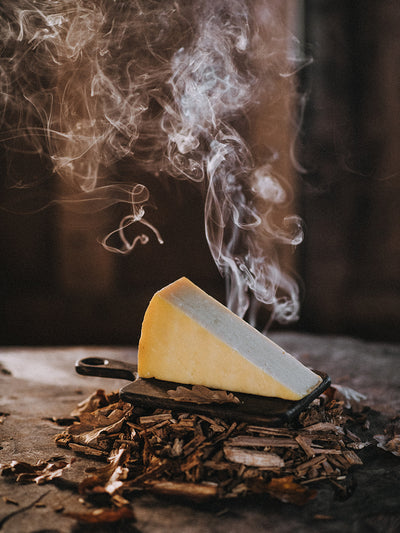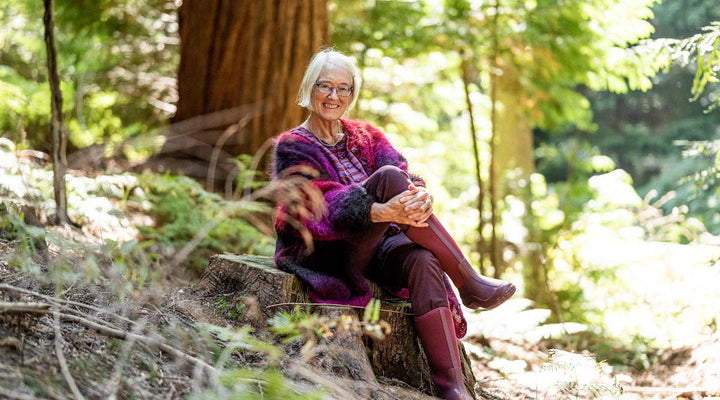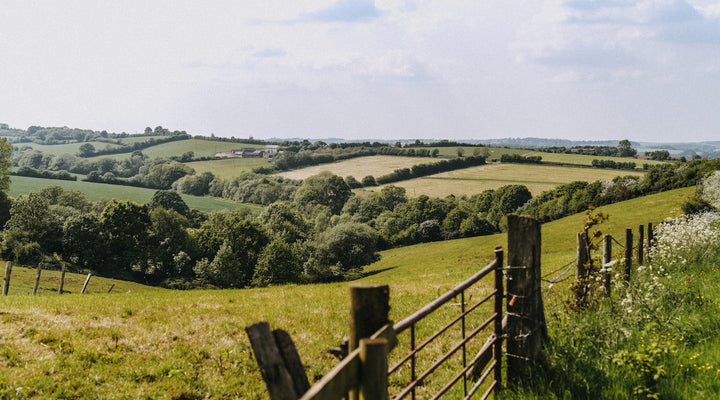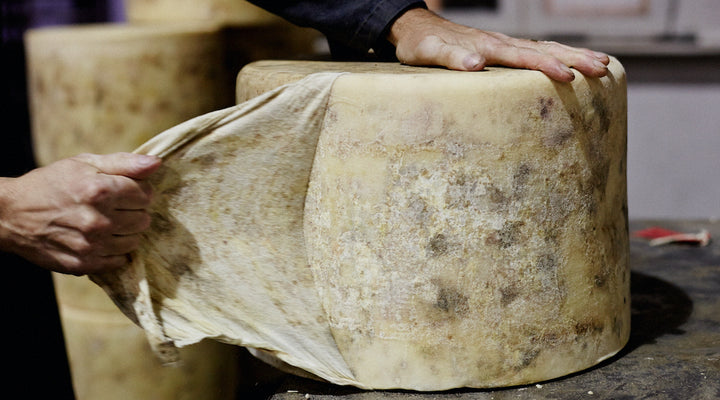NATURE
ARABLE
Grass and clover reach roots down, clover with nodules that bring fertiliser from nitrogen in the air feeding the life below the ground, roots structuring soil as they rot. The new seeding of grass and clover visibly cheers the soil up even in its first winter. The soil seems to relax into the grass and clover roots, and certainly looks happier than under crops.
COWS
Heifers first, then cows calve. They’ve been on their holidays in late pregnancy. We had the inside buildings this year. The animals are content outside, and people tire of walking through mud, soil suffers, and our neighbours worry. This year once calved, they will go out to pasture, eating the grass that has survived and grown over winter. They bear selectively female calves, that we will rear for dairy cows. Animals that calve a little later bear males and females equally, as unsorted semen is more fertile, important for later calving animal who must get in calf to stay in the herd. Males become beef animals. Life starts again with these new calves. It’s lovely to see this new life, so sweet. Their brief agony at separation from their mothers becomes trusting joy in their herd mates and the eager seeking of milk from people.
DAIRY
The first milk is important for the health of the calves, a vital package of their lifetime immunity. We reserve it for the calves, and it doesn’t work for Cheesemaking, health of calves and our food meshing together.
We turn cows out to graze grass as soon as the soil structure can stand it: we are anxiously seeing if the threatened El Niño winter will give us a cold or wet sting in this winter’s tail. We have lots of grass stored from the autumn ready and waiting for the hungry mouths of fresh calved cows.
The grass-fed milk adds that wonderful ‘cow breath’ dimension of flavour to our cheese from the very first day of grazing. It’s an extra layer of complexity, a little tickle of grassiness I always look forward to.
MATURATION
We keep on with our care of our maturing cheese in store. Our clothbound cheese starts developing our farm’s unique ecosystem of moulds and microbial life on the surface from about a month old. Ten of our cheeses left us this time last year when 3 months old to mature in other stores to compete for the Affineur of the Year Competition. We will be judging this in London on the 27th April. We already know competitors are doing amazing things with our cheese, and I can’t wait to see what flavours arise. We are doing an event open to everyone where you can taste the results. The competition is to highlight the art of affinage, literally finishing the cheese in different ways to bring out different aspects. That’s a known art in Europe, and something we are keen to develop in this country: more flavours from the same cheese, what’s not to like?
RECIPE
At this time of year, I love a warming soup, made with some of the bone broths and stocks I made from all the Christmas feasting. A personal favourite, and not for everyone is Jerusalem artichoke soup, with our Goat's Milk Cheese on top. Some people find Jerusalem artichokes uncomfortably windy. It’s better if all members of the household eat it, or you could become unpopular.
Chop and gently fry onions in butter. Clean Jerusalem artichokes and coarsely chop. Add to onions. Add stock. Cook till the artichokes are tender. Whizz up with some cream. Season with lemon juice salt and pepper to taste. Serve with grated goats cheese. I like to chop some chervil in top as well for colour and flavour. Lovely with croutons or some crusty sourdough bread as a warming first course or light lunch.
Mary Quicke

